Confused, but also impressed by the five-star standard of the dancing, by the inventive stage pictures created by designer Moi Tran and by the three onstage musicians. Led by lead guitarist/vocalist Mitchel Emms, this trio blast out a score specially written for the piece by Roman GianArthur, alongside tracks featured on the TV show by Radiohead, Frank Carter and the Rattlesnakes, Laura Mvula, Black Rebel Motorcycle Club and, best of all, Nick Cave and the Bad Seeds’ totemic “Red Right Hand”, the track that memorably opened the show’s first episode.
One key problem with the piece is that its creators, the TV series' writer Steven Knight and Rambert's artistic director Benoit Swan Pouffer, attempt to scrunch too much into its 100-minute span: four whole series’ worth, 24 hours of transmission time by my reckoning. We meet the Shelbys in the First World War trenches, where Tommy (Conor Kerrigan, pictured below with Hannah Hernandez) and two of his brothers, Arthur (Dylan Tedaldi) and John (Tom Davis-Dunn), have been fighting until they are “dead inside”, as a voice-over from the late Benjamin Zephaniah – who played a priest called Jeremiah Jesus in the TV series – informs us. Dialogue from the TV series featuring Cillian Murphy, Helen McCrory, Paul Anderson and Tom Hardy also wafts in and out, distorted and echoing so that it too isn’t totally clear.
We go through a succession of scenes where the brothers, plus sister Ada (Adel Balint) and Aunt Polly (Simone Damberg Würtz) and their friend Barney (Max Day), join forces on their patch in Birmingham, ridding it of the grotesque foreman at the foundry (a fat-suited Coke Lopez de la Madrid), and then start ousting other local gangs to gain control of the lucrative track betting system. As Tommy prospers, he attracts deadly rivals, and two personal tragedies lead him to opium dens and oblivion. Until, that is, he decides to live again, as Zephaniah’s on-off narration points out, and the gang reunites for a defiant finale.
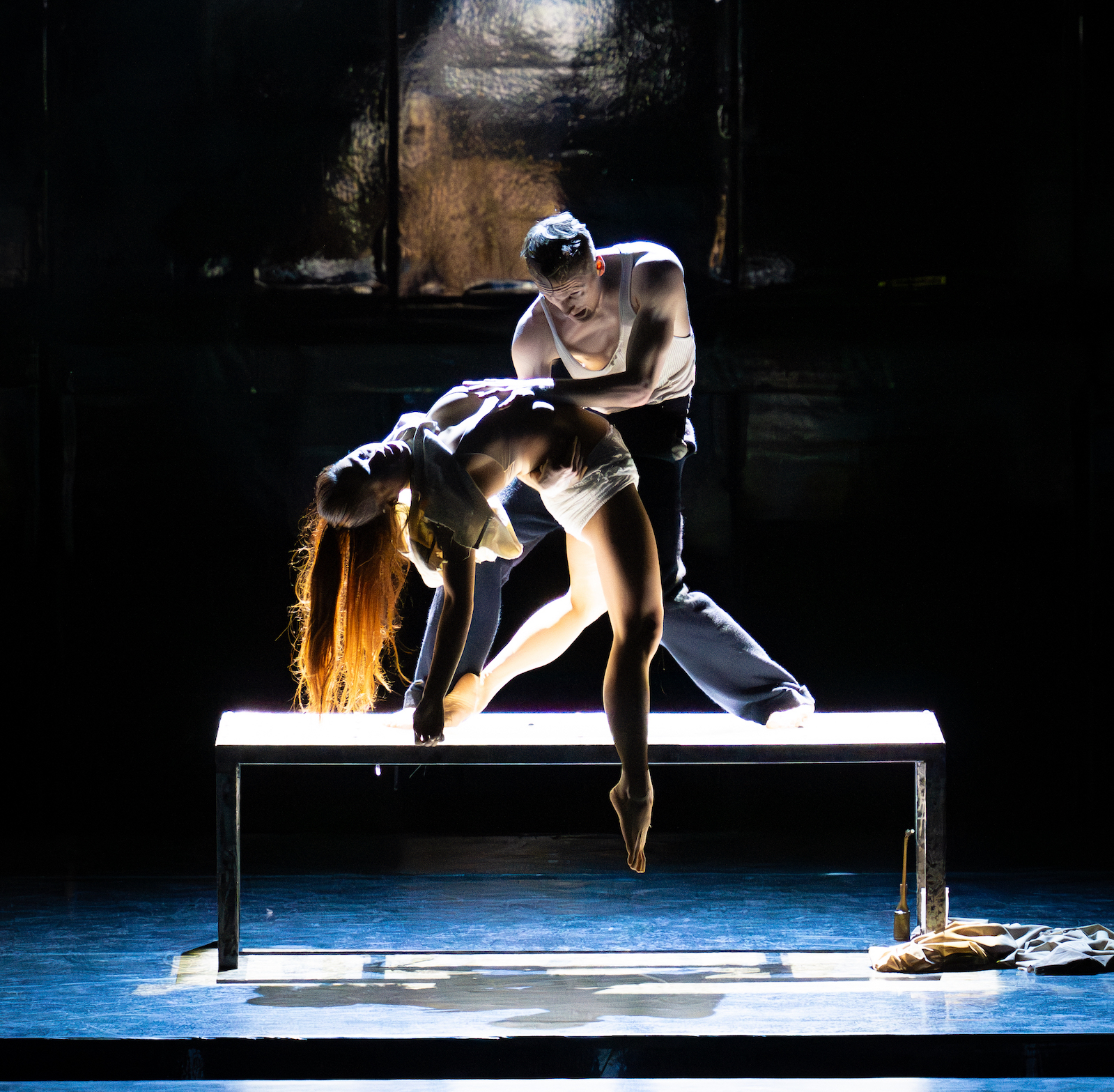 The piece actually begins with what is probably its quietest moment, as a kilted Joe Downard toting his electric cello walks into view playing a Celtic-sounding melody, a tribute to the Shelbys’ Irish traveller roots, presumably. The other musicians are swathed in darkness, only the blond hair of Emms making a dent in the gloom.
The piece actually begins with what is probably its quietest moment, as a kilted Joe Downard toting his electric cello walks into view playing a Celtic-sounding melody, a tribute to the Shelbys’ Irish traveller roots, presumably. The other musicians are swathed in darkness, only the blond hair of Emms making a dent in the gloom.
The dancers, barring Kerrigan’s Tommy, multitask as anything from rival gangsters and strippers to police dogs, so you have to work hard at understanding who is who. Especially as all the Peakys are dressed alike in dark-coloured three-piece suits and flat caps that get lost in the murk of their Garrison Lane base. Only Arthur easily stands out, as Tedaldi has a peroxide-blond mullet that flows out from under his cap. They also have to contend with a waist-high wall at the front of the stage, which proves a useful “partner” to one of Tommy’s writhing, despairing solos, but cuts off anybody positioned in the trench directly behind it halfway up their torsos. In one move, Tommy hangs upside down on it so his wife Grace (Naya Lovell, pictured below with Kerrigan) can slither down his body to embrace him.
When the ensemble dance sections get going, there is an extraordinary vitality and sass to them. Benoit Swan Pouffer, the work’s choreographer and director, has produced a challenging style for the piece. The dancers slink and slither, execute outlandish lifts and sexy duets, their ballet training always informing their moves, although few of those have a traditional name. Kerrigan is an impressively athletic Tommy, driven and dangerous, and Tedaldi literally flies through the air at times, in one move achieving lift-off vertically, like a Harrier jet, then knocking his legs together at the ankles, twice.
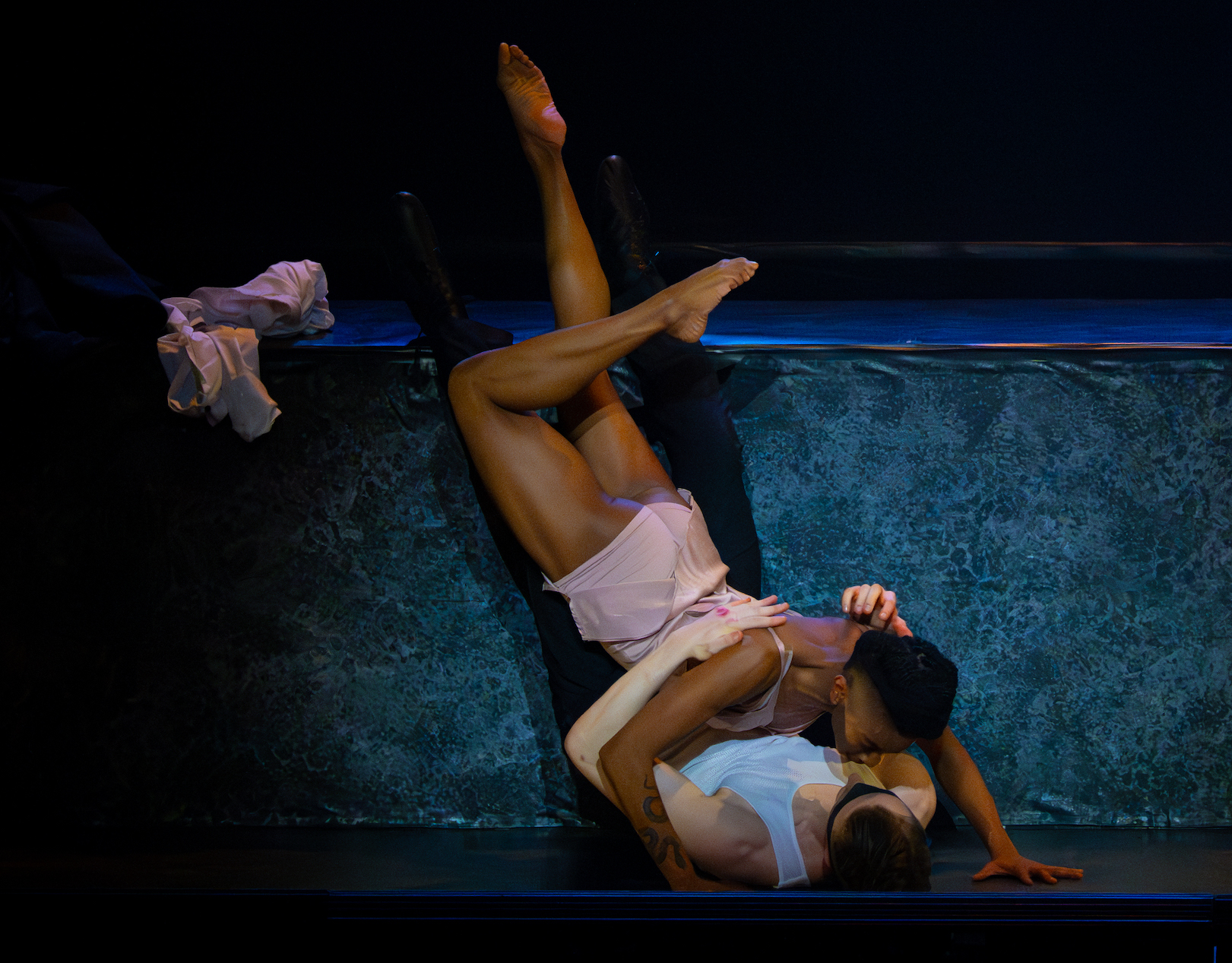 But the dancers have so much to compete with. Dry ice frequently moves in around them and the lighting is low-level much of the time, reflecting the murk of the Shelbys’ grimy industrial home turf. Only when Tommy has his awakening does it move to an intense magenta, with pink petals raining down from the flies.
But the dancers have so much to compete with. Dry ice frequently moves in around them and the lighting is low-level much of the time, reflecting the murk of the Shelbys’ grimy industrial home turf. Only when Tommy has his awakening does it move to an intense magenta, with pink petals raining down from the flies.
In among the mayhem, striking stage pictures appear: the fairground roundabout horses in the racetrack sequence; the transformation of four dancers into opium den hosts, the women by putting on simple open-weave headgear; their customers in the den breathing out huge clouds of white smoke as they sway at impossible angles on top of lit-up boxes; a section using just a scrim that Tommy lolls against while women silhouetted behind it grasp at his body and try to suck him into the material.
The best sequence comes right at the end, when the whole troupe arrives in groups and perform an edgy, shoulder-twitching, crotch-thrusting routine to the pulsing instrumentation of a reprised “Red Right Hand’. It’s worth developing into a short piece on its own, as it shows the company’s talents at their best. And you can actually see them clearly.




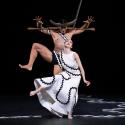








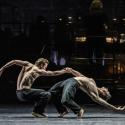
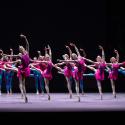
Add comment